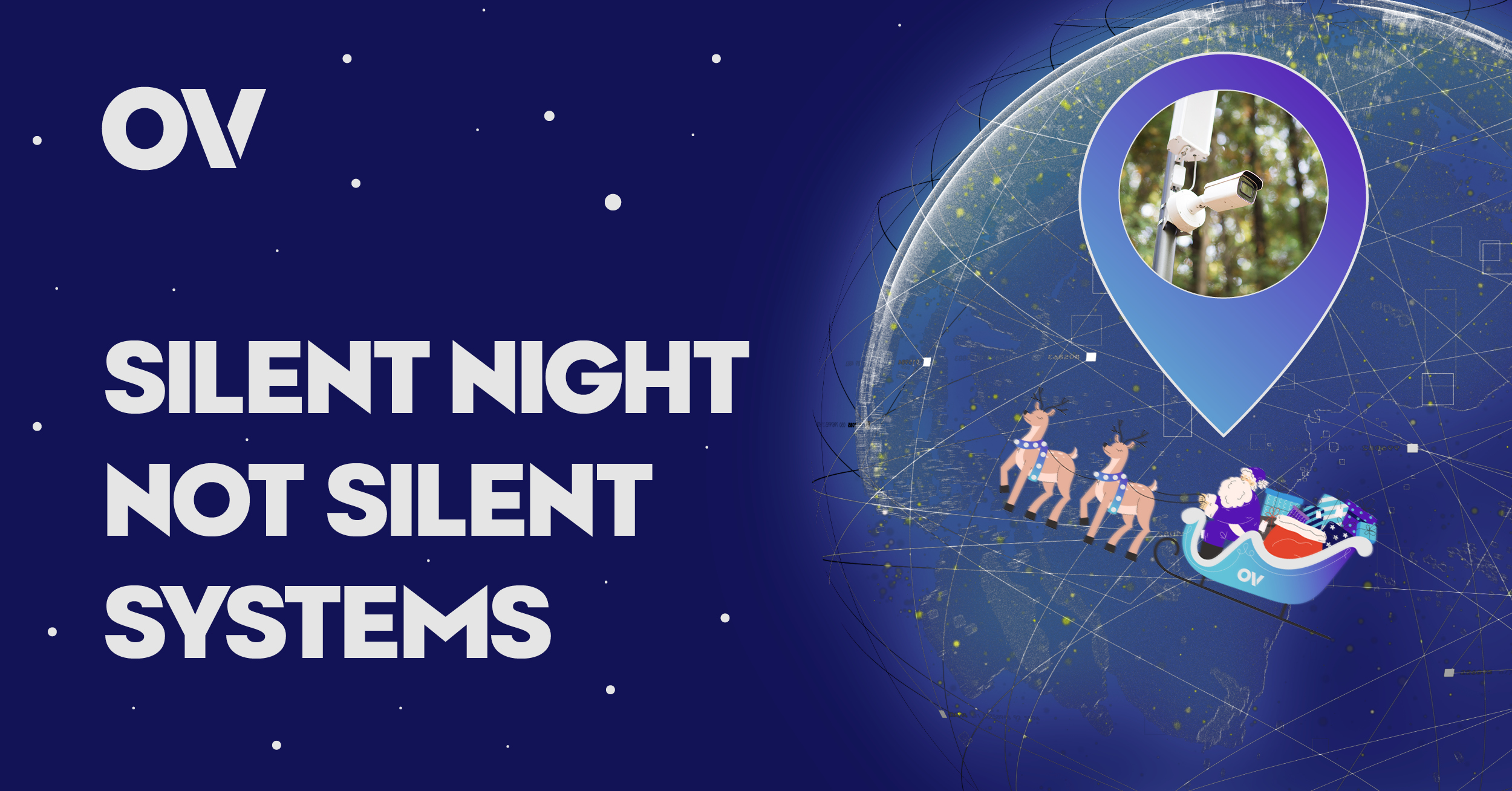Originally published
July 15, 2025
Last Updated
July 15, 2025
Legacy voice networks are shutting down, proprietary solutions are proving unsustainable, and the IoT industry is being forced to confront a reality: the fragmented voice connectivity approach that has defined IoT deployments for the past decade is no longer viable.
Voice over LTE represents more than just another connectivity option, it's the unified foundation that transforms voice from an afterthought into a natural, integrated IoT capability. The organisations that navigate this transition successfully will emerge with voice IoT capabilities that fundamentally enhance their operations. Those that delay face increasing costs, mounting complexity, and ultimately, the risk of being left behind as legacy networks disappear entirely.
The Pressure Points Driving Change
Legacy network shutdowns create an immediate existential threat for IoT deployments relying on 2G and 3G voice connectivity. These networks are being decommissioned globally as operators focus resources on more efficient technologies. For organisations with deployed IoT devices dependent on these networks, the shutdown timeline is an immediate operational crisis requiring swift action.
Escalating maintenance costs for proprietary voice solutions have reached unsustainable levels. What initially appeared as flexible, customisable voice implementations now require constant updates, specialised support, and complex integration management. The total cost of ownership for these fragmented approaches has grown exponentially, consuming resources that could be better deployed on core business objectives.
Operational complexity from managing multiple communication systems has reached a breaking point. Organisations maintain separate infrastructure for voice and data, duplicate management systems, and fragmented support processes. Not only does this increase costs, it introduces failure points that can compromise mission-critical operations when reliability matters most.
The VoLTE Transformation Opportunity
Unified connectivity eliminates the complexity of parallel communication systems. Instead of maintaining separate voice and data pathways, VoLTE enables organisations to handle telemetry, control signals, and voice communication through a single, integrated platform. This consolidation reduces infrastructure requirements, simplifies management, and eliminates the failure points that complexity introduces.
Guaranteed quality of service ensures voice packets receive priority treatment even when network conditions become challenging. Unlike best-effort solutions that fail when bandwidth becomes scarce, VoLTE maintains communication quality precisely when critical applications need it most. For mission-critical deployments, this reliability transforms voice from a potentially unreliable feature into a dependable operational capability.
Enhanced power efficiency changes the economics of voice-enabled IoT. Traditional voice solutions require separate radio connections and power-hungry processing systems that drain battery life. VoLTE's integrated approach can significantly reduce power consumption for voice functions, extending operational periods and reducing maintenance requirements for remote deployments.
HD Voice quality delivers significantly clearer audio than traditional solutions. Advanced audio codecs capture a wider frequency range, reproducing natural speech patterns that remain intelligible even in challenging acoustic environments. Where legacy voice solutions might struggle to convey critical information in noisy factory floors or emergency situations, VoLTE maintains the clarity that enables effective communication.
Navigating Transition Challenges and Solutions
Device compatibility represents one of the most immediate challenges organisations face. Existing IoT devices may lack VoLTE capability, requiring hardware upgrades or replacements that can impact operational continuity. The solution lies in developing phased migration strategies that maintain service availability while systematically upgrading device populations to VoLTE-compatible hardware.
Network coverage assessment becomes critical as organisations evaluate VoLTE availability across their deployment footprint. While VoLTE networks are expanding rapidly, coverage isn't uniform globally. Successful migrations require detailed analysis of network availability in operational areas and development of interim solutions for areas where VoLTE isn't yet available.
Integration complexity emerges as organisations work to connect VoLTE voice capabilities with existing operational systems. Voice alerts must integrate with monitoring platforms, emergency response procedures must adapt to new communication capabilities, and management systems must accommodate unified voice and data connectivity. This requires comprehensive assessment and planning that addresses device compatibility, network coverage, integration requirements, and security considerations in a coordinated approach.
Timeline pressure creates urgency that can lead to rushed decisions. Legacy network shutdowns and escalating maintenance costs create pressure to migrate quickly. Yet successful VoLTE transitions require careful planning, testing, and phased implementation. The solution is pilot programme validation that allows organisations to prove VoLTE capability before committing to full-scale deployment, providing confidence and practical experience that inform broader migration strategies.
The Competitive Advantage of Early Adoption
Organisations that successfully navigate the transition to VoLTE position themselves with voice IoT capabilities that provide genuine competitive advantage. They eliminate the complexity and costs of fragmented voice solutions while gaining access to voice quality and reliability that enables new operational possibilities.
Operational efficiency improves through unified communication management that reduces infrastructure requirements and simplifies maintenance. Enhanced capability emerges as HD Voice quality and guaranteed service levels enable voice applications that weren't practical with legacy solutions. Future readiness comes from building IoT communication capability on modern, expanding networks rather than legacy systems facing discontinuation.
The window for strategic VoLTE transition is narrowing. Legacy networks are shutting down, maintenance costs are escalating, and competitive advantages are accruing to organisations that have already completed their migrations. The question isn't whether to transition to VoLTE, it's whether to lead the transition or be forced to follow.
Ready to transform your voice IoT capabilities through strategic VoLTE migration? Discover how unified, high-quality voice connectivity can enhance your deployments at www.worldov.com/global-volte-for-iot
READ MORE
DISCOVER MORE NEWS AND DEVELOPMENTS IN IOT & GLOBAL CONNECTIVITY


.png)


